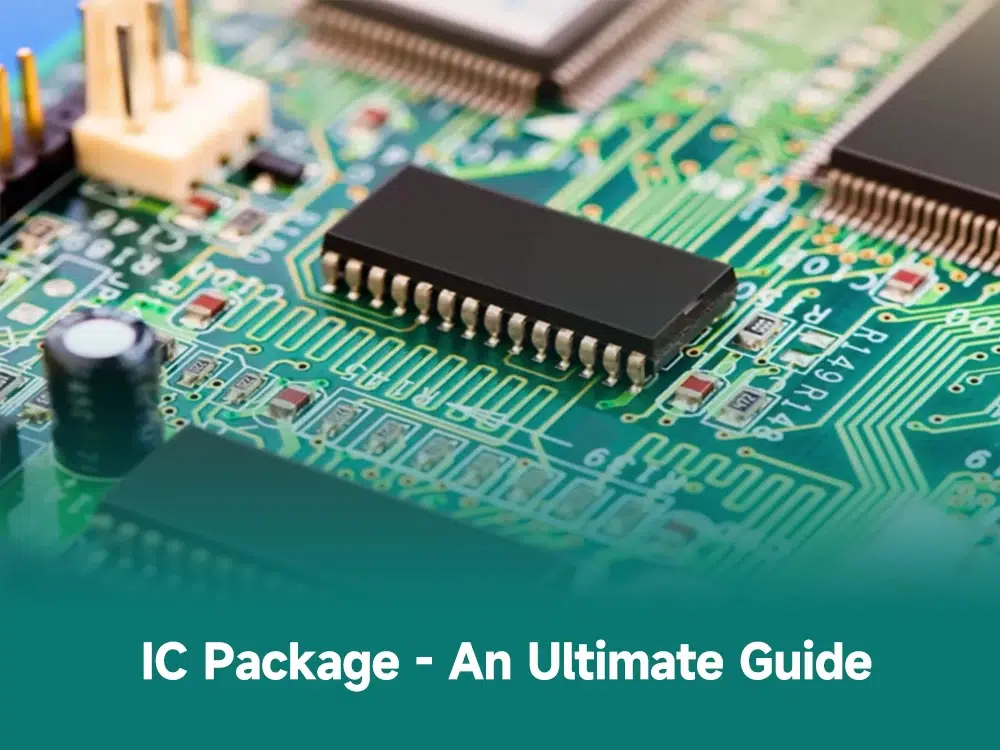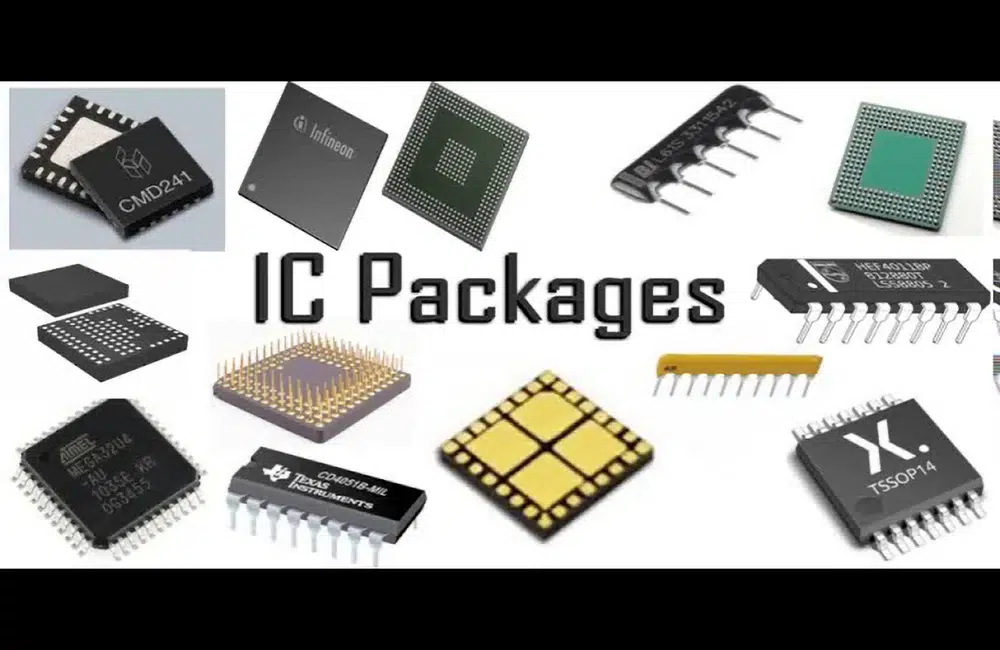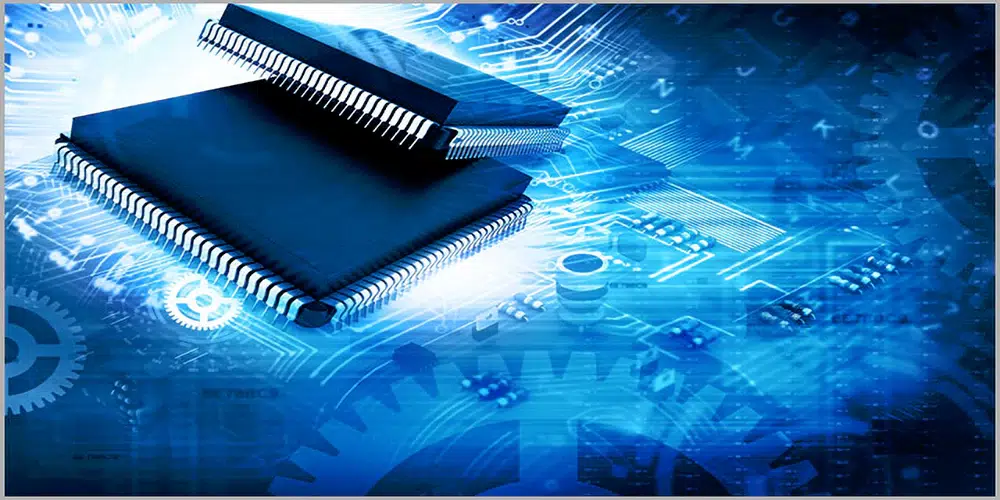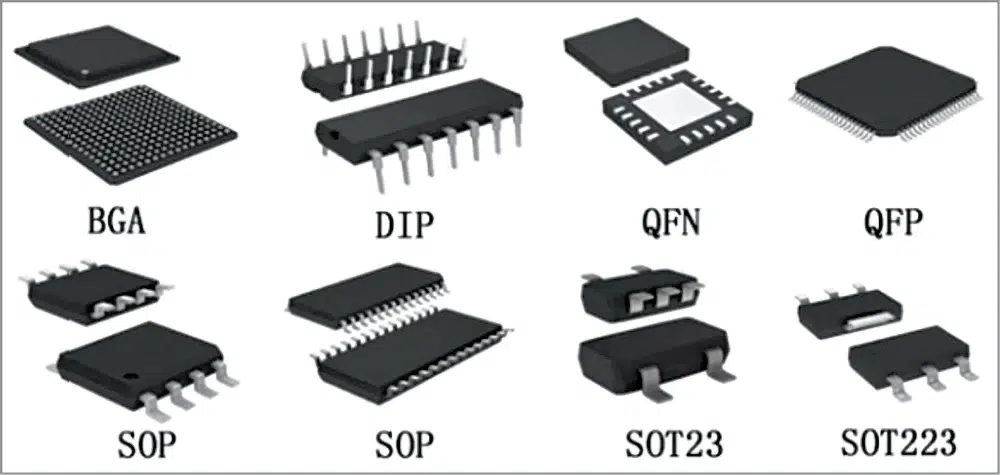
IC package is an essential component that houses and protects microchips. The package is designed to provide a physical and electrical connection between the chip and the printed circuit board (PCB). IC package is used in a wide range of electronic devices, from smartphones and laptops to cars and medical equipment. In this article, we will introduce its benefits, types, functions, etc. Keep reading!
The narrow definition of IC package refers to the process of installing the integrated circuits chip shell; the broad definition of IC packaging refers to the entire process that includes assembling qualified chips, components, etc. on the carrier (Carrier), using appropriate connection technology to form electrical connections, installing the shell, and forming active components.

When installing the shell of an integrated circuit chip (component), plastic, metal, ceramics, glass and other materials can be used to encapsulate the chip (component) through a specific process, so that the integrated circuit can work stably and reliably under the working environment and conditions.
IC package is an important part of the integrated circuits, it plays a very important role. IC package mainly plays the role of placing, fixing, sealing, protecting chips, and ensuring circuit performance and thermal performance. The benefits of IC package mainly include:

There are usually 5 main functions of IC package, power distribution, signal distribution, heat dissipation channel, mechanical support and environmental protection.
(1) Power distribution: First, the IC package needs to consider the connection of the power supply so that the integrated circuit chip can “communicate” with the external circuit; secondly, the IC package must also meet the power distribution of different parts inside the package to optimize the package Internal energy consumption.
(2) Signal distribution: In order to minimize the delay of the electrical signal, the interconnection path between the signal line and the chip and the path leading out through the package input/output (I/O) should be optimized to the shortest when wiring. In order to avoid the crosstalk of high-frequency signals, the layout of signal lines and ground lines also needs to be optimized.
(3) Heat dissipation channel: The structure and material of the IC package play a key role in the heat dissipation effect of the device. For integrated circuits with particularly high power, additional cooling measures, such as heat sinks (sheets), air cooling, water cooling, etc., need to be considered.
(4) Mechanical support: IC package can provide reliable mechanical support for integrated circuit chips and other components, making it adaptable to changes in different working environments and conditions.
(5) Environmental protection: Before there is no IC package, semiconductor chips have been exposed to various environmental influences. During the use of integrated circuits, they may encounter different environments, sometimes even in very harsh environments. For this reason, the environmental protection effect of IC package on chips is obvious.
According to packaging materials, IC package can be divided into metal packaging, plastic package, ceramic package and glass package. Among them, integrated circuits in plastic packages are the most commonly used.

According to the package shape, IC package can be divided into in-line packages, SMD packages, BGA packages and other types. For more information, you can read 20 chip packaging technologies.
IC package can generally be divided into chip-level packaging (level 0 packaging), component-level packaging (level 1 packaging), board-level packaging (level 2 packaging), and machine-level packaging (level 3 packaging).
Level 0 packaging, chip-level packaging. Generally, there are three connection methods for chip-level packaging: Wire Bonding(WB), Tepe Automated Bonding(TAB) and Flip Chip Bonding (FCB).
Level 1 packaging, component level packaging. Level 1 packaging is the packaging for ICs, which is to package one or more IC chips with appropriate materials. These materials can be plastics, metals, ceramics, etc., or a combination of them.
Level 2 packaging, board-level packaging. Level 2 packaging is the process of mounting ICs, resistors, capacitors, connectors and other components on the PCB.
Level 3 packaging, machine-level packaging. Level 3 packaging is the process of assembling the above various PCBs (boards or cards) into a complete machine.
The IC package not only plays the role of placing, fixing, sealing, protecting the chip and enhancing the electrothermal performance but also serves as a bridge to communicate the internal world of the chip and the external circuit. The contacts on the chip are connected to the pins of the package shell with wires. These pins are connected to other components through wires on the substrate. Therefore, for many integrated circuit products, IC package technology is a very critical part, which has an important impact on the performance and performance of the chip itself.